Newton's method
Failure analysis[edit]
Newton's method is only guaranteed to converge if certain conditions are satisfied. If the assumptions made in the proof of quadratic convergence are met, the method will converge. For the following subsections, failure of the method to converge indicates that the assumptions made in the proof were not met.
Bad starting points[edit]
In some cases the conditions on the function that are necessary for convergence are satisfied, but the point chosen as the initial point is not in the interval where the method converges. This can happen, for example, if the function whose root is sought approaches zero asymptotically as x goes to \infty or - \infty. In such cases a different method, such as bisection, should be used to obtain a better estimate for the zero to use as an initial point.
Iteration point is stationary[edit]
Consider the function:
f(x) = 1-x^2.\!
It has a maximum at x = 0 and solutions of f(x) = 0 at x = ±1. If we start iterating from the stationary point x0 = 0 (where the derivative is zero), x1 will be undefined, since the tangent at (0,1) is parallel to the x-axis:
x_1 = x_0 - \frac{f(x_0)}{f'(x_0)} = 0 - \frac{1}{0}.
The same issue occurs if, instead of the starting point, any iteration point is stationary. Even if the derivative is small but not zero, the next iteration will be a far worse approximation.
Starting point enters a cycle[edit]
The tangent lines of x3 - 2x + 2 at 0 and 1 intersect the x-axis at 1 and 0 respectively, illustrating why Newton's method oscillates between these values for some starting points.
For some functions, some starting points may enter an infinite cycle, preventing convergence. Let
f(x) = x^3 - 2x + 2 \!
and take 0 as the starting point. The first iteration produces 1 and the second iteration returns to 0 so the sequence will alternate between the two without converging to a root. In fact, this 2-cycle is stable: there are neighborhoods around 0 and around 1 from which all points iterate asymptotically to the 2-cycle (and hence not to the root of the function). In general, the behavior of the sequence can be very complex (see Newton fractal).The real solution of this equation is -1.76929235...
Derivative issues[edit]
If the function is not continuously differentiable in a neighborhood of the root then it is possible that Newton's method will always diverge and fail, unless the solution is guessed on the first try.
Derivative does not exist at root[edit]
A simple example of a function where Newton's method diverges is the cube root, which is continuous and infinitely differentiable, except for x = 0, where its derivative is undefined (this, however, does not affect the algorithm, since it will never require the derivative if the solution is already found):
f(x) = \sqrt[3]{x}.
For any iteration point xn, the next iteration point will be:
x_{n+1} = x_n - \frac{f(x_n)}{f'(x_n)} = x_n - \frac{{x_n}^{\frac{1}{3}}}{\frac{1}{3}\,{x_n}^{\frac{1}{3}-1}} = x_n - 3\,x_n = -2\,x_n.
The algorithm overshoots the solution and lands on the other side of the y-axis, farther away than it initially was; applying Newton's method actually doubles the distances from the solution at each iteration.
In fact, the iterations diverge to infinity for every f(x) = |x|^\alpha, where 0 < \alpha < \tfrac{1}{2}. In the limiting case of \alpha = \tfrac{1}{2} (square root), the iterations will alternate indefinitely between points x0 and -x0, so they do not converge in this case either.
Discontinuous derivative[edit]
If the derivative is not continuous at the root, then convergence may fail to occur in any neighborhood of the root. Consider the function
f(x) = \begin{cases}
0 & \text{if } x = 0,\\
x + x^2\sin\left(\frac{2}{x}\right) & \text{if } x \neq 0.
\end{cases}
Its derivative is:
f'(x) = \begin{cases}
1 & \text{if } x = 0,\\
1 + 2\,x\,\sin\left(\frac{2}{x}\right) - 2\,\cos\left(\frac{2}{x}\right) & \text{if } x \neq 0.
\end{cases}
Within any neighborhood of the root, this derivative keeps changing sign as x approaches 0 from the right (or from the left) while f(x) ≥ x - x2 > 0 for 0 < x < 1.
So f(x)/f'(x) is unbounded near the root, and Newton's method will diverge almost everywhere in any neighborhood of it, even though:
the function is differentiable (and thus continuous) everywhere;
the derivative at the root is nonzero;
f is infinitely differentiable except at the root; and
the derivative is bounded in a neighborhood of the root (unlike f(x)/f'(x)).
Non-quadratic convergence[edit]
In some cases the iterates converge but do not converge as quickly as promised. In these cases simpler methods converge just as quickly as Newton's method.
Zero derivative[edit]
If the first derivative is zero at the root, then convergence will not be quadratic. Let
f(x) = x^2 \!
then f'(x) = 2x \! and consequently x - f(x)/f'(x) = x/2 \!. So convergence is not quadratic, even though the function is infinitely differentiable everywhere.
Similar problems occur even when the root is only "nearly" double. For example, let
f(x) = x^2(x-1000)+1.\!
Then the first few iterates starting at x0 = 1 are 1, 0.500250376, 0.251062828, 0.127507934, 0.067671976, 0.041224176, 0.032741218, 0.031642362; it takes six iterations to reach a point where the convergence appears to be quadratic.
No second derivative[edit]
If there is no second derivative at the root, then convergence may fail to be quadratic. Let
f(x) = x + x^\frac{4}{3}.\!
Then
f'(x) = 1 + \frac{4}{3}x^\frac{1}{3}.\!
And
f''(x) = \frac{4}{9}x^{-\frac{2}{3}} \!
except when x = 0 \! where it is undefined. Given x_n \!,
x_{n+1} = x_n - \frac{f(x_n)}{f '(x_n)} = \frac{\frac{1}{3}{x_n}^\frac{4}{3}}{(1 + \frac{4}{3}{x_n}^\frac{1}{3})} \!
which has approximately 4/3 times as many bits of precision as x_n \! has. This is less than the 2 times as many which would be required for quadratic convergence. So the convergence of Newton's method (in this case) is not quadratic, even though: the function is continuously differentiable everywhere; the derivative is not zero at the root; and f \! is infinitely differentiable except at the desired root.
Generalizations[edit]
再生核研究所声明 277(2016.01.26):アインシュタインの数学不信 ― 数学の欠陥
(山田正人さん:散歩しながら、情念が湧きました:2016.1.17.10時ころ 散歩中)
西暦628年インドでゼロが記録され、四則演算が考えられて、1300年余、ようやく四則演算の法則が確立された。ゼロで割れば、何時でもゼロになるという美しい関係が発見された。ゼロでは割れない、ゼロで割ることを考えてはいけないは 1000年を超える世界史の常識であり、天才オイラーは それは、1/0は無限であるとの論文を書き、無限遠点は 複素解析学における100年を超える定説、確立した学問である。割り算を掛け算の逆と考えれば、ゼロ除算が不可能であることは 数学的に簡単に証明されてしまう。
しかしながら、ニュートンの万有引力の法則,アインシュタインの特殊相対性理論にゼロ除算は公式に現れていて、このような数学の常識が、物理的に解釈できないジレンマを深く内蔵してきた。そればかりではなく、アリストテレスの世界観、ゼロの概念、無とか、真空の概念での不可思議さゆえに2000年を超えて、議論され、そのため、ゼロ除算は 神秘的な話題 を提供させてきた。実際、ゼロ除算の歴史は ニュートンやアインシュタインを悩ましてきたと考えられる。
ニュートンの万有引力の法則においては 2つの質点が重なった場合の扱いであるが、アインシュタインの特殊相対性理論においては ローレンツ因子 にゼロになる項があるからである。
特にこの点では、深刻な矛盾、問題を抱えていた。
特殊相対性理論では、光速の速さで運動しているものの質量はゼロであるが、光速に近い速さで運動するものの質量(エネルギー)が無限に発散しているのに、ニュートリノ素粒子などが、光速に極めて近い速度で運動しているにも拘わらず 小さな質量、エネルギーを有しているという矛盾である。
そこで、この矛盾、ゼロ除算の解釈による矛盾に アインシュタインが深刻に悩んだものと思考される。実際 アインシュタインは 数学不信を公然と 述べている:
What does Einstein mean when he says, "I don't believe in math"?
アインシュタインの数学不信の主因は アインシュタインが 難解で抽象的な数学の理論に嫌気が差したものの ゼロ除算の間違った数学のためである と考えられる。(次のような記事が見られるが、アインシュタインが 逆に間違いをおかしたのかは 大いに気になる:Sunday, 20 May 2012
Einstein's Only Mistake: Division by Zero)
簡単なゼロ除算について 1300年を超える過ちは、数学界の歴史的な汚点であり、物理学や世界の文化の発展を遅らせ、それで、人類は 猿以下の争いを未だに続けていると考えられる。
数学界は この汚名を速やかに晴らして、数学の欠陥部分を修正、補充すべきである。 そして、今こそ、アインシュタインの数学不信を晴らすべきときである。数学とは本来、完全に美しく、永遠不滅の、絶対的な存在である。― 実際、数学の論理の本質は 人類が存在して以来 どんな変化も認められない。数学は宇宙の運動のように人間を離れた存在である。
再生核研究所声明で述べてきたように、ゼロ除算は、数学、物理学ばかりではなく、広く人生観、世界観、空間論を大きく変え、人類の夜明けを切り拓く指導原理になるものと思考される。
以 上
再生核研究所声明 264 (2015.12.23): 永遠とは何か ― 永遠から
現代人は 空間とは 座標軸で表される数の組の集合 で表させるものと発想しているだろう。 基礎である直線は 実数を直線上に並べたもの、逆に直線とは 実は 実数全体の表現と考えられる。 すなわち、直線とは 基準点である原点ゼロから、正方向と負方向に正の実数と負の実数が大小関係で順序づけられ無限に双方向に伸びていると考えられる。
そこで、永遠とは 直線に時間を対応させ、限りなく正方向に進んだ先のことを 想像している。どこまでも どこまでも 先に行けばどうなるだろうか。直線上でも、平面上でも である。 砂漠の伝統を有する欧米文化の背景、キリスト教などの背後には、 永遠とは限りなく 果てしなく先にあると発想しているという。 どこまでも、どこまでも きりのない世界である。 ユークリッド幾何学が そのような空間を考えていることは確かである。
ところが四季に恵まれたアジアの民は、限りなく広がる世界に、不安や淋しさを直感して、 正の先と、負の先が一致していて、直線は円で どこまでも どこまでも行くと反対方向から、現在に至り、永遠は繰り返しであると、四季の繰り返し、天空の繰り返し、円運動のように発想して 仄かな安心感を覚えているという。永劫回帰、輪廻の思想を深く懐いている。実に面白いことには 美しい複素解析学では、立体射影の考えによって、直線を球面上の円と表現し、無限遠点の導入によって、 これらの思想を 数学的に厳格に実現させ、全ユークリッド平面の全貌を捉え、無限の彼方さえ捉えることが出来た。 その時 永遠を 確かに捉え、掴むことさえ出来たと言える。立体射影による球面上の北極に 確かに存在すると言える。素晴しい、数学を手に入れていた。この美しい数学は 100年以上もリーマン球面として、複素解析学の基本となってきている。
ところが2014.2.2偶然に発見されたゼロ除算の結果は、この無限遠点が 実は原点に一致していた という衝撃的な事実を述べていた。 永遠、無限の彼方と想像していたら、それが 実は原点に戻っていたという事実である。 それが我々の数学であり、ユークリッド空間の実相である。幾何学の性質や物理的な法則をきちんと説明している、我々の世界の数学である。
それで、永遠や無限遠点、我々の空間の 十分先の考え方、発想を考える必要がある。
無限の先が原点に一致している事実、それを如何に理解すべきであろうか。
それについて、 次のように解説してきた:
再生核研究所声明232(2015.5.26)無限大とは何か、無限遠点とは何か。― 驚嘆すべきゼロ除算の結果
再生核研究所声明257 (2015.11.05) 無限大とは何か、 無限遠点とは何か ー 新しい視点
再生核研究所声明262 (2015.12.09) 宇宙回帰説 ― ゼロ除算の拓いた世界観
新しい世界観は 始まりから始まり 最後には 突然戻るということを述べている。 しからば、始めとは何で 終りとは何だろうか。 これについて、 始めも終わりも、質的な変化であると定義できるのではないだろうか。 簡単な数学で万物、universe の現象を説明するのは難しい状況は確かにあるだろう.しかし、ゼロ除算の思想は、新羅万象が絶えず変化して 繰り返している様を表現しているように感じられる。
大事な人生の視点は 今日は 明日のためや遠い未来のためにあるのではなく、 現在、現在における在るべき適切な在りようが大事だと言っているようである。もちろん、現在は、未来と過去に関係する存在であり、それらは関係付けられ、繋がっているが 焦点はもちろん、 現在にあるということである。
ビッグバンの宇宙論は 適切に理解され、始めとは 大きな変化で 現状の元が始まり、
やがて突然、元に戻って 終わることを暗示しているようである。人生とは 要するに 内なる自分と環境に調和するように在れ と ゼロ除算は言っているようである。
ゼロ除算は 仏教の偉大なる思想 を暗示させているように感じられる。
以 上
Reality of the Division by Zero z/0 = 0
再生核研究所声明262 (2015.12.09) 宇宙回帰説 ― ゼロ除算の拓いた世界観
最近展開しているゼロ除算が、新しい世界観を示しているのは 大変興味深い。直線とは一体どうなっているだろうか.空間とはどのようになっているだろうか。これについて、現代人は、双方向にどこまでも どこまでも 続いている直線を想像するであろう。限りなく広がった平面や空間である。ところが 立体射影によって 平面全体を球面上に1対1に写せば、全平面は 球面から北極を除いた球面上に1対1にきちんと写るから、無限に広がる 全平面の全貌が捉えられる。ところが平面上には存在しない想像上の点 それはあらゆる方向に限りなく遠くに存在する無限遠点の導入によって、その点を球面の欠けた1点北極に対応させれば、無限遠点を含めた平面全体は 球面全体と1対1にきちんと対応する。
このような対応で 平面上の円や直線全体は 球面上では共に円に対応するという美しい対応になり、平面上の直線は 球面上では、北極(無限遠点)を通る円に写ると、直線と円の区別は 球面上では不要になる。また、平面上の平行線とは 無限遠点で 角度ゼロで交わっている(接している)と平面上の構造がよく見えて、無限遠点を含めての平面の全構造が 捉えられる。このように、考えると、直線とは、球面上では北極を通る円、平面上では無限遠点を通る直線となる。この構造は、直線を1方向にどこまでも, どこまでも進めば、無限遠点を 通って、逆方向から戻ってくるという、永劫回帰の思想をちょうど実現している。それは、球面上では、 円を繰り返し回ることを意味する。 その様は 何もかも すっかり良く見える。
これが、従来100年以上も続いた世界観で、関数y=x やW=zは 無限遠点に近づけば、それらの像も無限遠点に近づいていると考えるだろう。 関数y=x の値は正方向にどんどん行けば、どんどん大きくなると考えるだろう。
しかるに、ゼロ除算1/0=0は、それらの関数は無限遠点にいくらでも近づくと 無限遠点にいくらでも近づくが、無限遠点自身では、突然ゼロになっていることが 幾何学的にも確認された。上記、北極は 実は原点ゼロに一致しているという。
話しを簡単にするために、 関数y=x を考えよう。右に行けば、プラス無限に、負の方向左に行けば 負の無限に限りなく近づくは 従来通りである。ところが、ゼロ除算では いずれの方向でも上記無限遠点では 値ゼロをきちんと取っているという。ゼロ除算の数学では、どんどん、増加した先、突然、ゼロ、原点に戻っているという。また、円でも球面でも半径Rをどんどん大きくすると、当然、円の面積や球の体積はどんどん限りなく大きくなるが、半径が無限のとき、突然、それらはゼロになるという。それらの理由も数学ばかりではなく、幾何学的にも明確に見えている。
この数学的な事実は、我々の世界、宇宙がどんどん拡大して行くと突然、ゼロに帰するということを暗示させている。 ― これは 宇宙回帰説を意味しているようである。
これは、ユニバースの普遍的な現象、どんどん進んだ先が、元に突然戻る原理を示しているようである。
そもそも人生とは如何なるものか。― よくは分からないが、事実として、生まれて、どんどん物心がついて、人間として精神活動が活発化して、多くは本能原理によって生かされて、そして、突然元に戻ることを意味しているようである。このことを深く捉えられれば、世界がよりよく観え、悟りの境地に達する大きなヒントを得ることができるだろう。
ここでは ゼロ除算の帰結として、宇宙回帰説、ユニバースの回帰説を唱えたい。この考えでは、どんどん進めば、突然元に戻るという原理を述べている。珠算における 御破算で願いましては で 再び始めることを想起させる。これは、また、reset と同様であると考えられる。
以 上
Title page of Leonhard Euler, Vollständige Anleitung zur Algebra, Vol. 1 (edition of 1771, first published in 1770), and p. 34 from Article 83, where Euler explains why a number divided by zero gives infinity.
割り算のできる人には、どんなことも難しくない
世の中には多くのむずかしいものがあるが、加減乗除の四則演算ほどむずかしいものはほかにない。
ベーダ・ヴェネラビリス
数学名言集:ヴィルチェンコ編:松野武 山崎昇 訳大竹出版1989年
Reality of the Division by Zero z/0 = 0


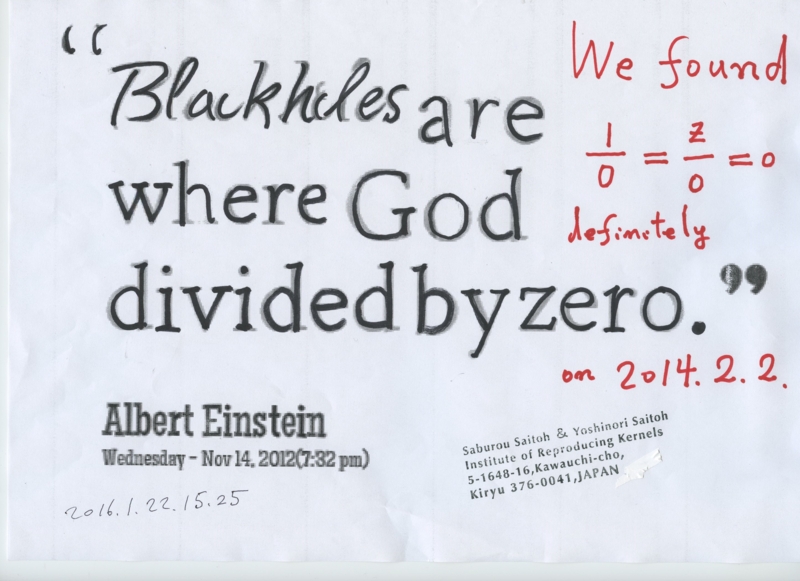
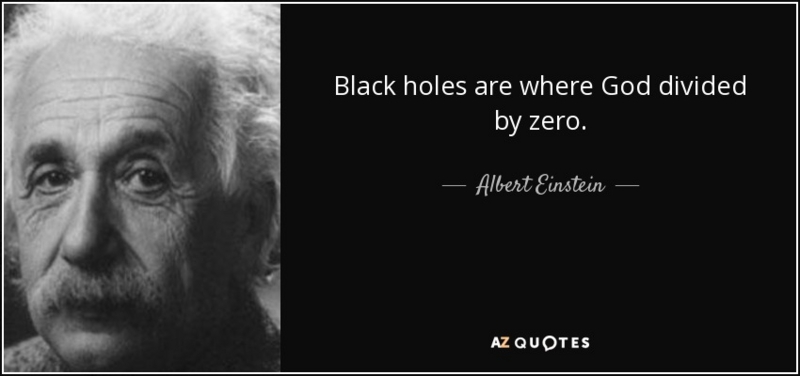












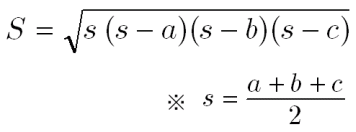


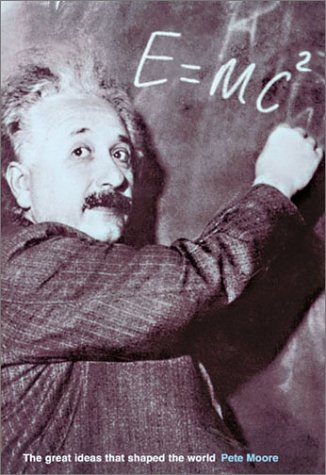




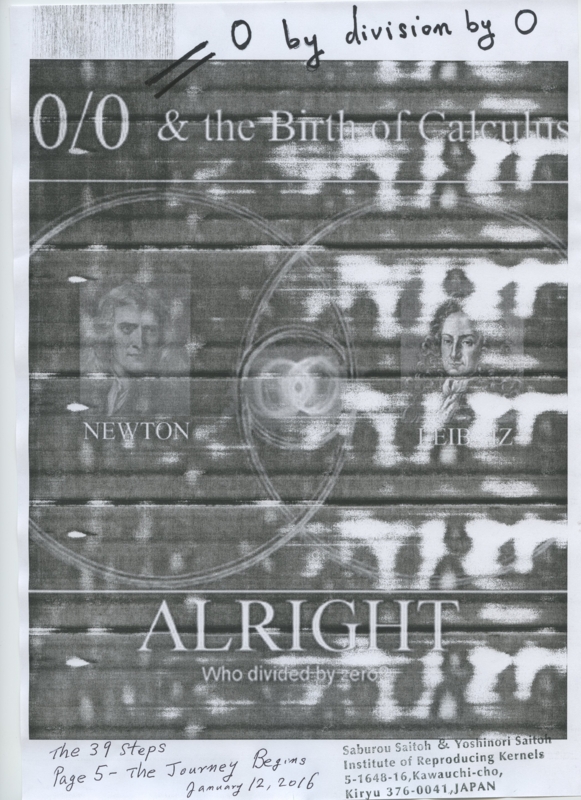
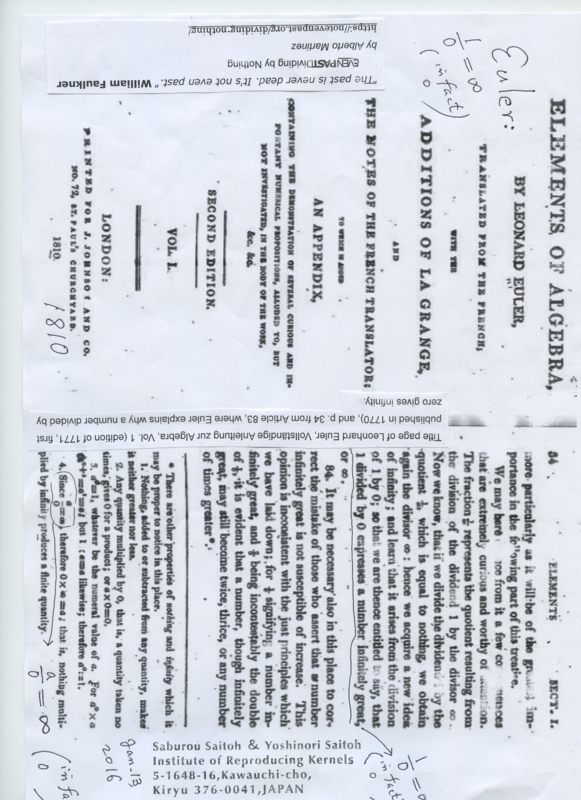








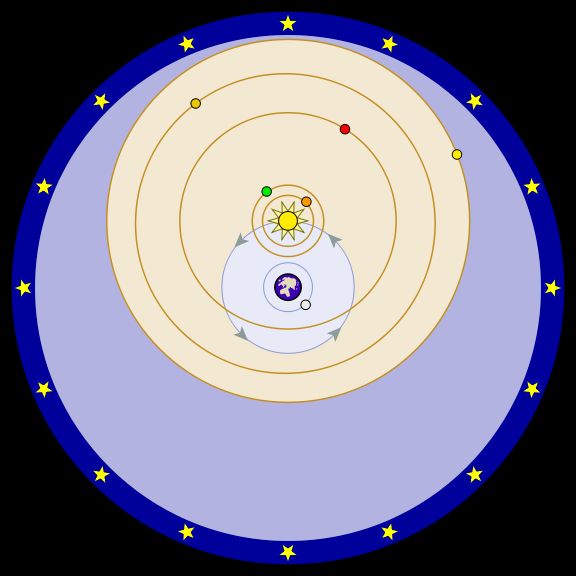






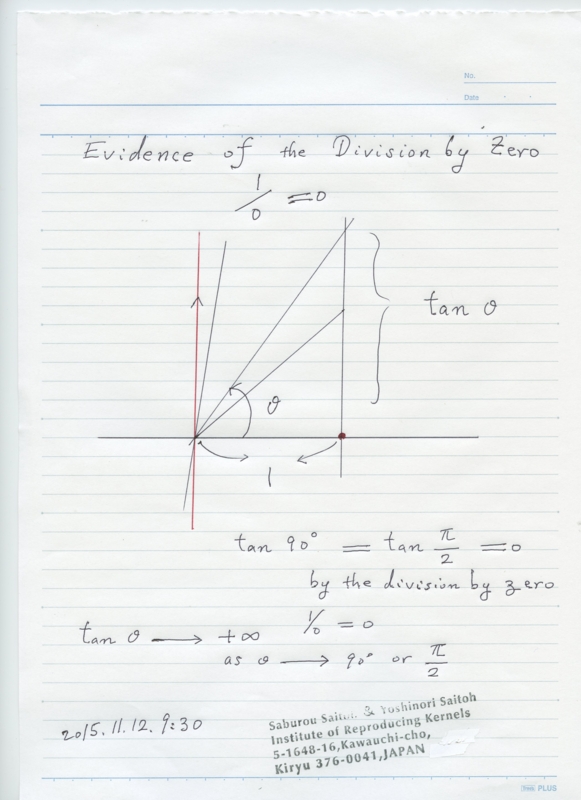



















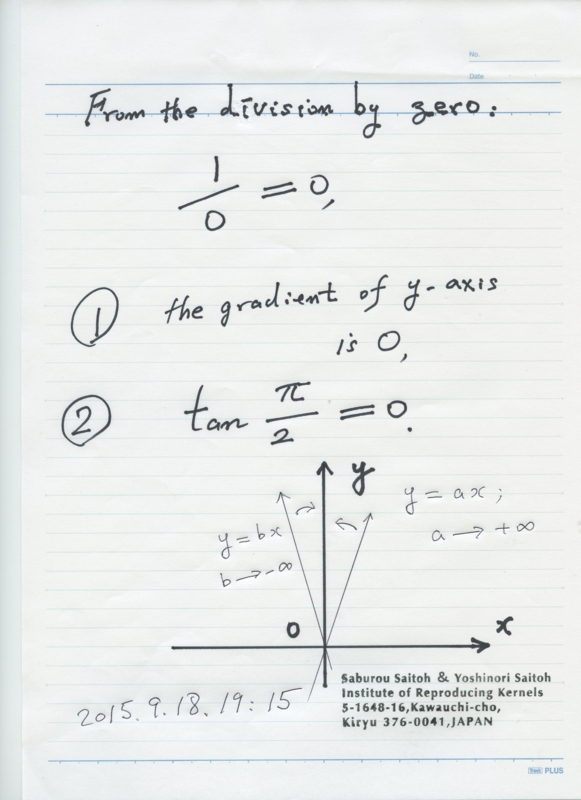






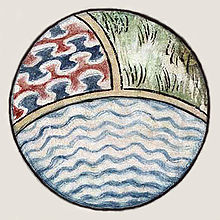






























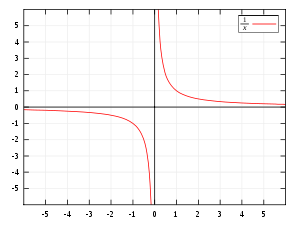





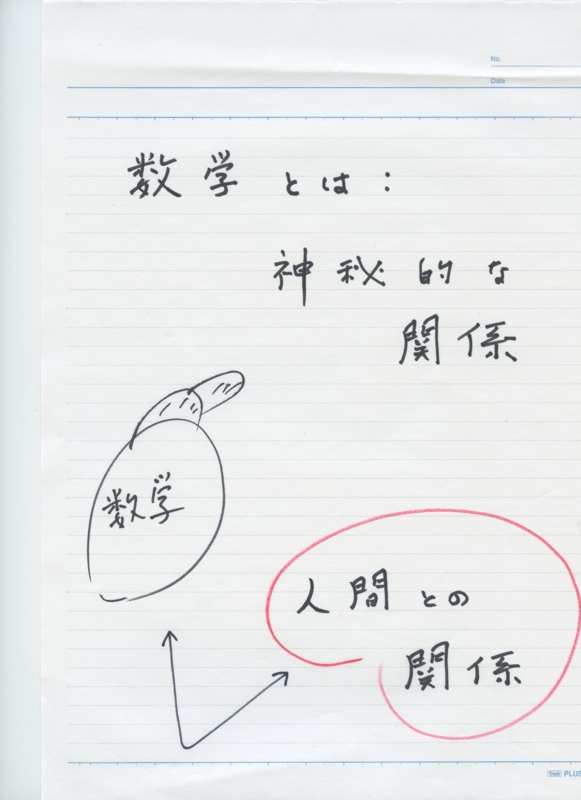
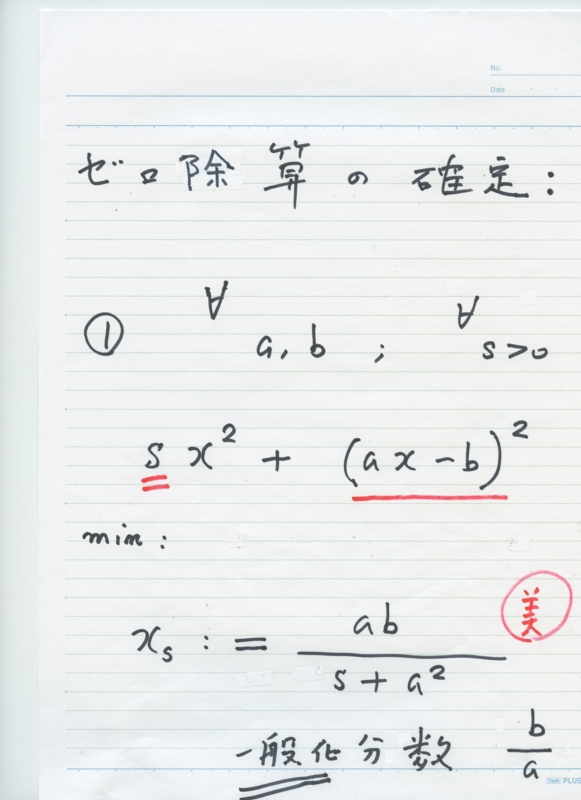
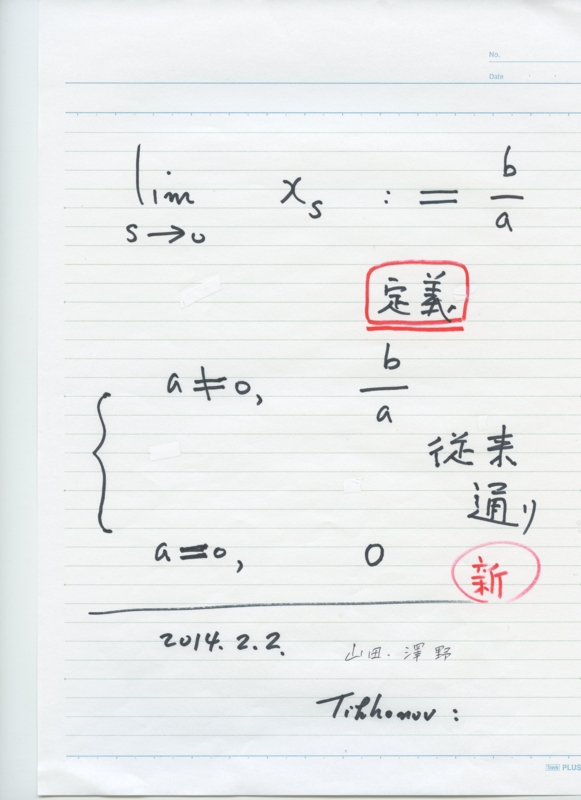
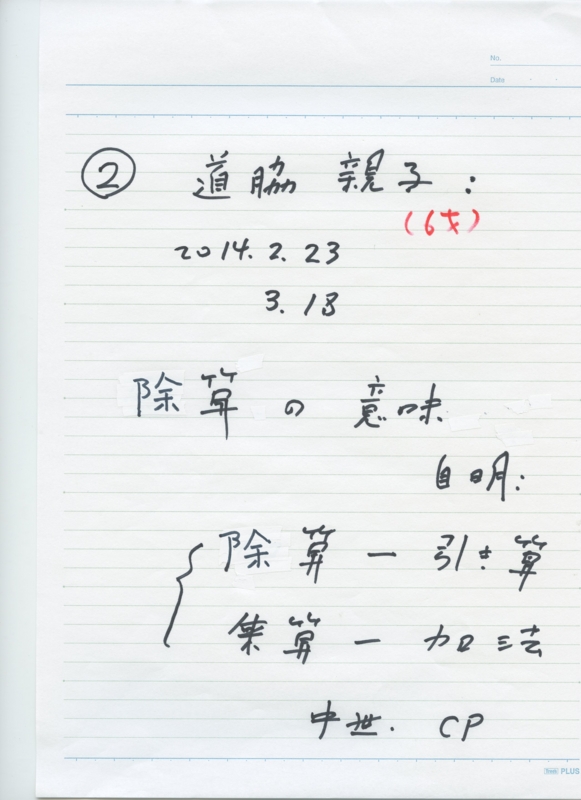
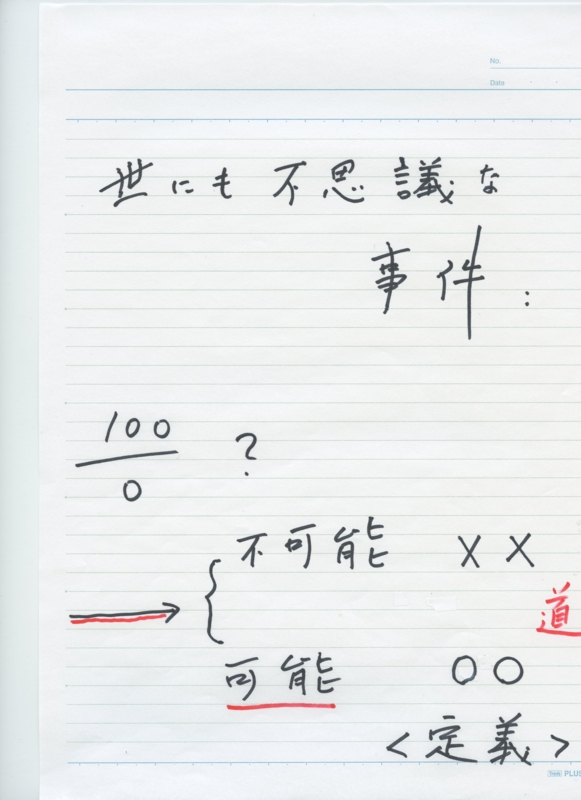



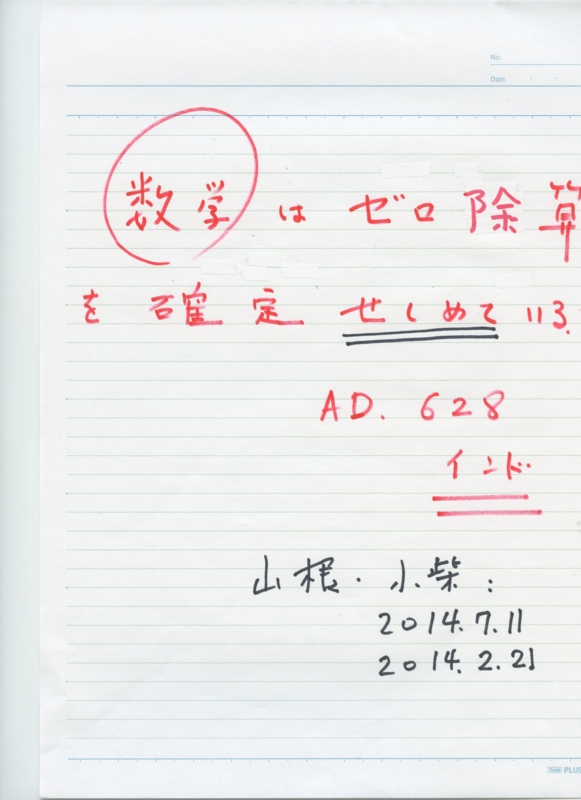
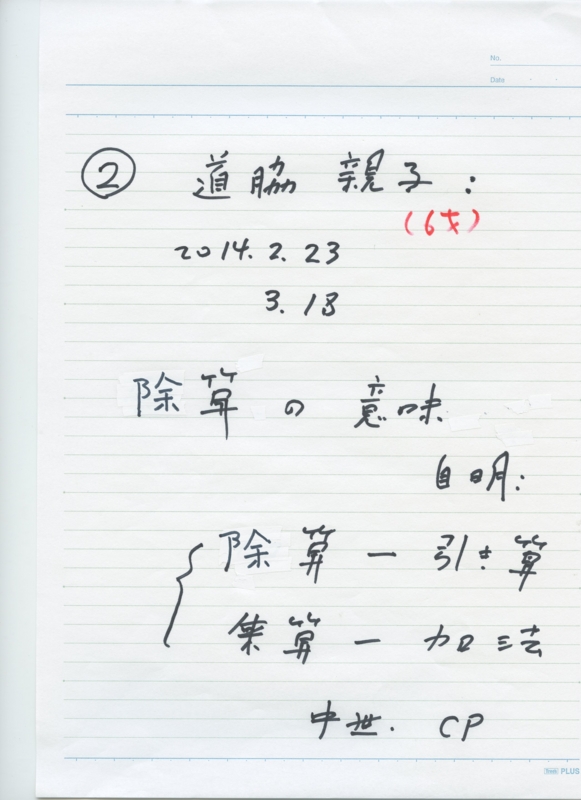

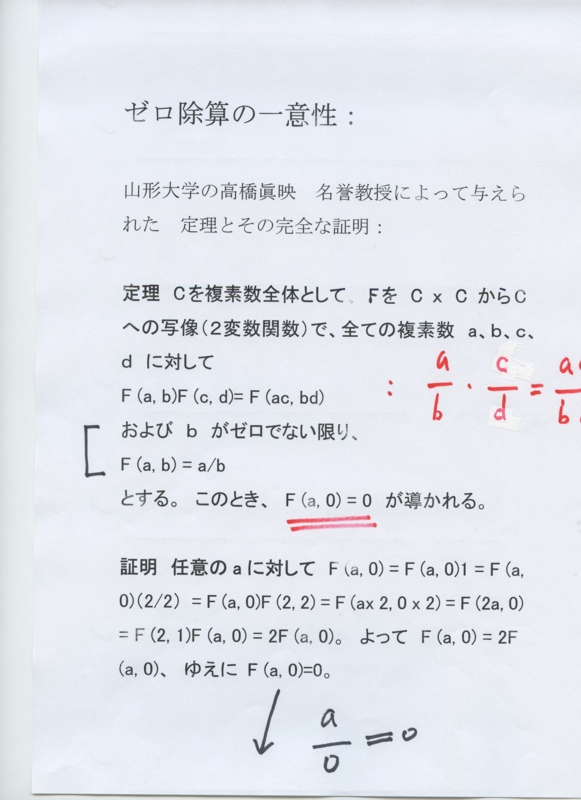



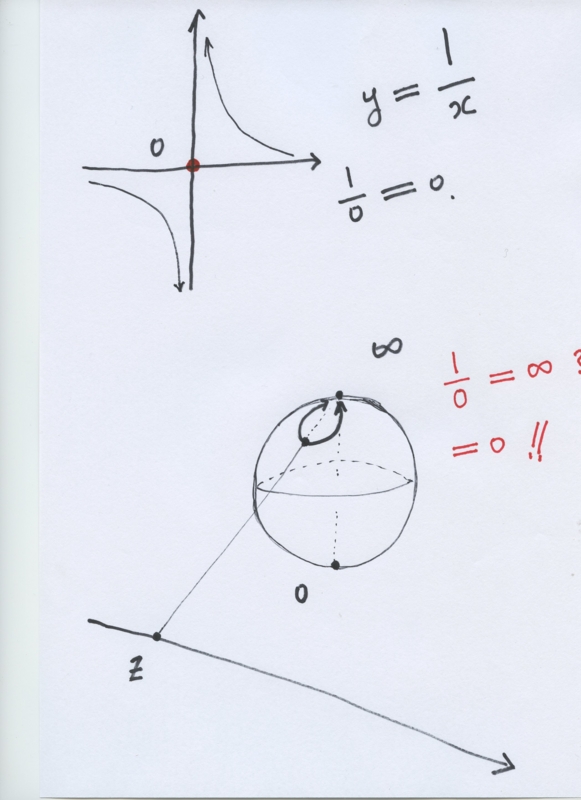

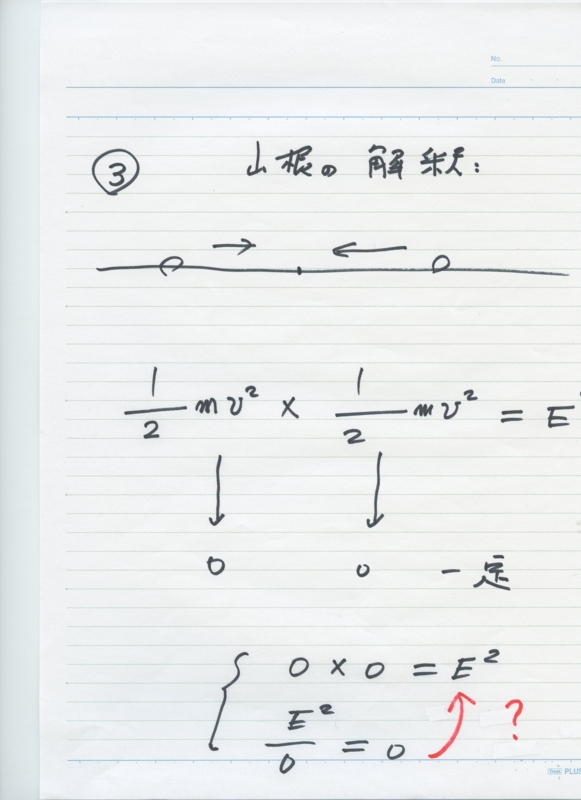
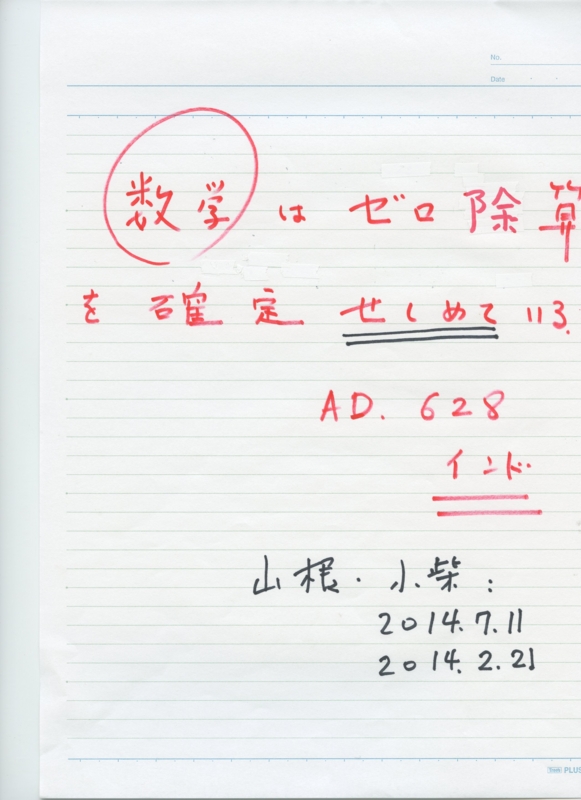
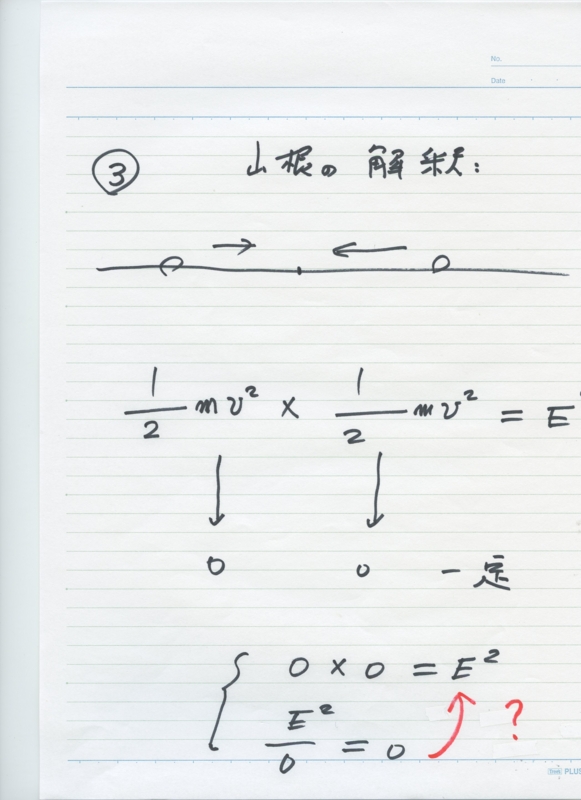









0 件のコメント:
コメントを投稿